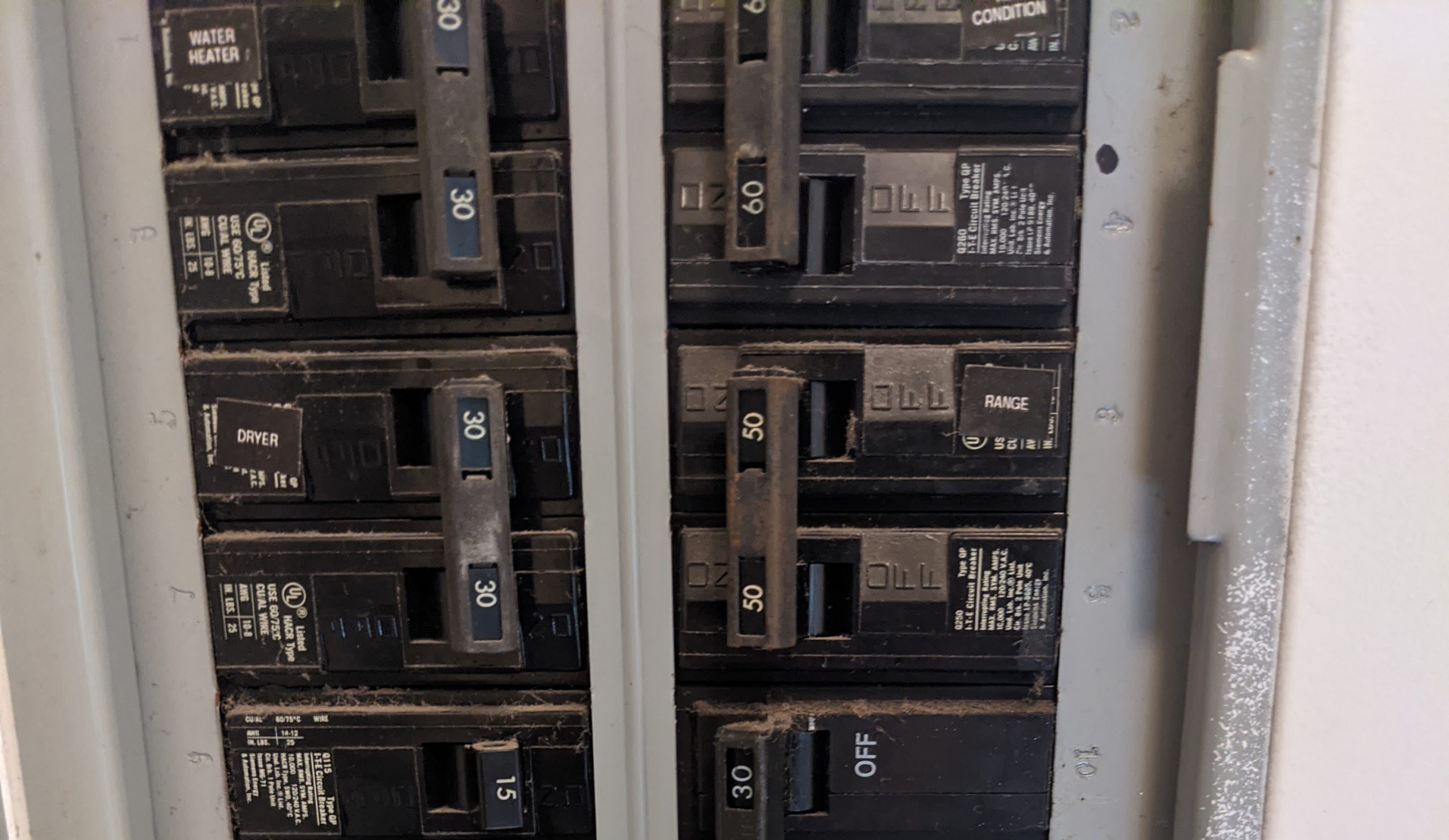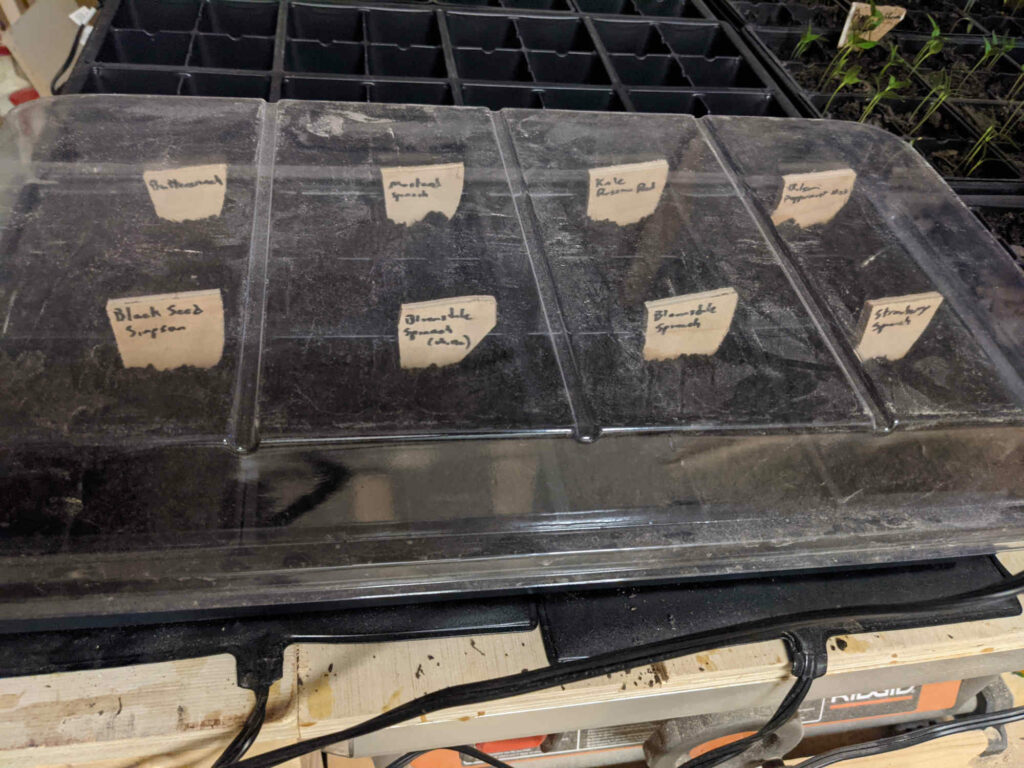Every home in the United States that has electricity has an electrical box. If your house operates property, you don’t need to go inside it. However, if you blow a fuse or trip a breaker, it is good to know what this is.
An electrical box is the main hub for the electricity in your house. The power comes into your house at this point and is broken up into separate circuits.
Those circuits can lead to outlets, light fixtures, HVAC, and more.
Breaker Box or Fuse Box
Most newer homes have breaker boxes. However, if your home is older, you might have a fuse box. We covered the differences in a previous article.
Primarily, the difference is in whether you have a switch or little circular fuses in the box. The switches are in a breaker box. Consequently, fuse boxes have fuses.
Fuse boxes started to be replaced with breaker boxes in the 1960s.
Electrical Box Amperage
Your electrical box is rated for a certain amperage. Most newer homes are 200 amps or higher, but 100 amp or lower service is not uncommon.
If your house was built 60 years ago, you might have a 60 amp fuse box. Homeowners tend to upgrade their electrical systems more than once in 60 years. Therefore, we shouldn’t see too many more of these 60 amp fuse boxes.
Replacing or upgrading your electrical boxes is not an area you can DIY. Not only is it one of the most dangerous areas of your house, most work on an electrical box requires permits and/or licensing.
What You Need to Know
The main things you need to know about your electrical box are:
- Where it is.
- Max amperage (total and on each circuit)
- How to reset a breaker or fuse
Leave the rest to the professionals. It’s also good to know that you can add circuits if you need them, but that won’t change your home’s maximum amperage.







Leave a Reply